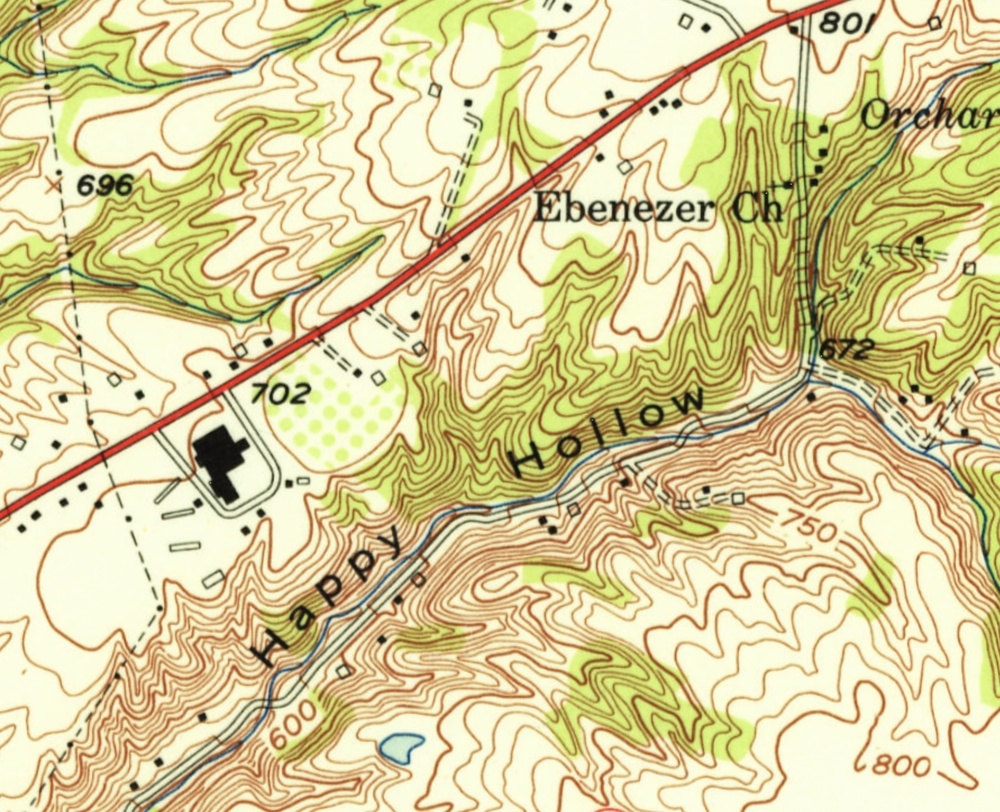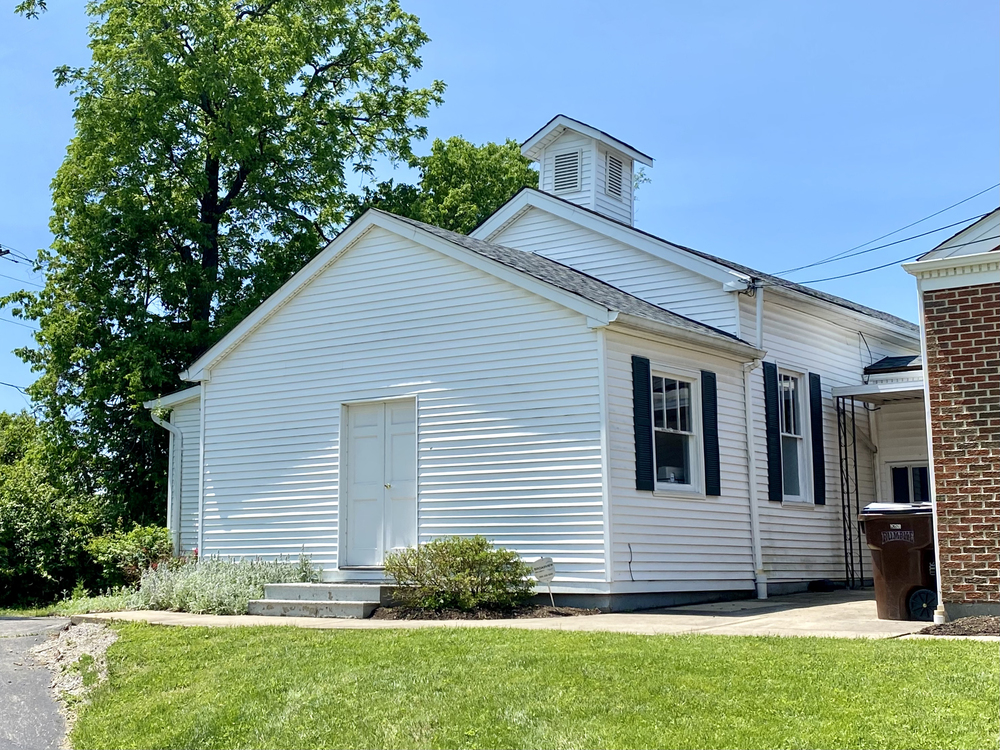Happy Hollow
Once a thriving Black community in Clermont County, near Milford

In the early 1860’s, an African American neighborhood called “Happy Hollow” was formed about a mile east of Milford, Ohio, along what is now called Happy Hollow Road. For African Americans in Clermont County, this became an important home community.
Happy Hollow had a “colored” school plus two churches: Methodist and Baptist. The census of 1880 shows eighteen Black families in this community. One man, Richard Ventus, had served in the Union Army with a heavy artillery regiment. One of the larger families was headed by Thomas and Amanda Stiger, another by Henry and Mary Broadus. George Van Buren and Troy Washington were also present.
By mid-1886 Happy Hollow was “a thriving settlement of colored people” with a population of over a hundred, including fifty adult males registered to vote.
That number was large enough to be significant: there was tension between the Republican party, which at this time was progressive – the party of Lincoln – and the Democratic party, which was far more conservative. Public opinion was divided roughly evenly between the two parties. So in the area around Happy Hollow, it started to seem possible that in the fall election, the Black vote might swing the district from conservative candidates to progressive ones.
As the November elections approached, conservative political operatives began “tramping down the grass and weeds in the back alleys and unfrequented pathways leading to Happy Hollow.” The Cincinnati Commercial Gazette reported that these men arrived bearing “boodle” (that is, bribe money) “and whiskey.” The Gazette reported that these men soon learned, however, that the local citizens were “people of principles and convictions, and not salable cattle.”
When the votes were counted, the US Congressional seat still went to the conservative candidate. But in some smaller races, progressive candidates prevailed.
The next election cycle was in Spring 1888, for municipal elections such as school board and Justices of the Peace. Election day was set for Monday, April 2. A few days prior to the election, however, on the morning of March 27, each Black family in Happy Hollow found that during the night, a notice had been slipped under their door:
“Notice to N[…]s! Move out within five days or we will blow you out with powder. By Order of Committee. You had better move before you get hurt. – Committee.”
The residents of Happy Hollow protested “that they are being driven from their homes so as to prevent them from voting, as the fifth day will be Sunday before the election.” The residents began “arming themselves for an anticipated emergency.”
It isn’t clear exactly what happened next. Over time, some of the original families moved away, but a core group of families stayed put. The census of 1900 reveals a contiguous set of households headed by Richard Ventus, George Van Buren, Troy Washington, and William Stiger (son of Amanda and Thomas Stiger), plus a few others.
In more recent years, Happy Hollow Road has been bisected by Interstate 275, leaving a dead end on either side. Few traces of the original settlement remain, with one outstanding exception: the original Baptist church, now called Ebenezer Baptist Church of Milford, still exists and continues to serve the community. There is no historic maker; the church itself is the monument to Happy Hollow.
Images

